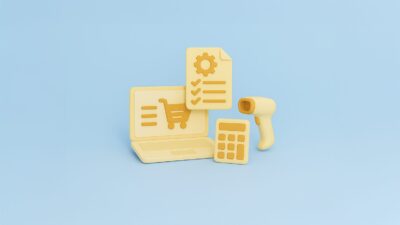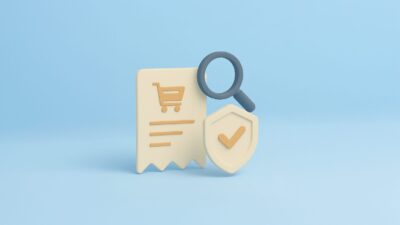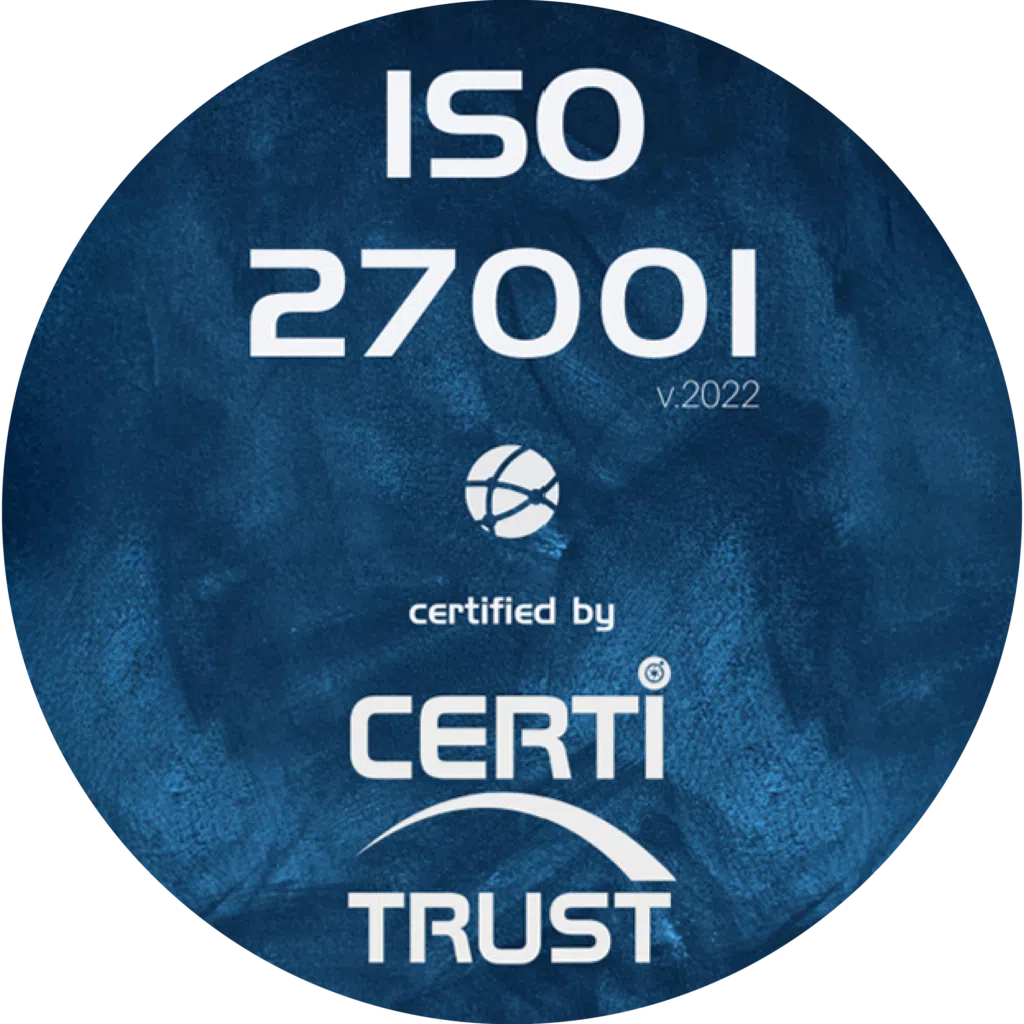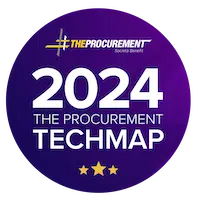With the Covid-19 pandemic, 2020 has been a testing year for the vast majority of businesses. Indeed, for many of them, the digitalisation of processes has been accelerated. To survive, some companies have had to demonstrate flexibility and creativity. All departments and services are affected by this digital transformation. The purchasing sector has also been forced to adopt e-procurement and e-purchasing solutions in order to continue its activities. In addition to maintaining business activities despite the distance between employees, the transformation of purchasing via digitalization is increasingly becoming a necessity. What are the challenges involved in digitising purchasing and procurement? Find out in this guide.
Why is digitisation essential?
Digitalisation: a tool for optimising purchasing efficiency?
For most companies, Excel is still used as the main tool for organising purchasing. The main disadvantage of this type of file is that it has to be sent to all team members each time it is modified. This limits effective collaboration. In fact, this method is prone to numerous flaws (loss of data, incorrect conversions, accumulation of duplicates, etc.) and the explosion in teleworking has accentuated the limits of this process. To remedy this, some purchasing departments have turned to more efficient digital solutions, such as Weproc.
Why can digitisation optimise purchasing performance? Digitalisation helps toorganise the purchasing department. Because processes are standardised, tasks are automated and data is centralised. For the purchasing department, this makes it easier to manage parameters such as securing supplies, supplier relations, risk control and data processing.
Digitalisation: a way of ensuring the long-term viability of purchasing
During the health crisis of 2020, purchasing departments that had not yet begun to digitise were penalised on a number of levels. They wasted time setting up e-procurement solutions at the last minute. Instead of being able to manage purchasing in an optimal way that reacted to the situation, the teams were dependent on the full implementation of software.
Delays in implementing digital purchasing can also affect team performance. Indeed, e-procurement solutions were not always well understood because of the distance involved. It can also take time for teams to get to grips with the software effectively if the chosen solution is not ergonomic or user-friendly. This can have a negative impact on the efficiency and performance of the digital solution.
Digitalisation: a way to manage purchasing
To make it easier to manage purchasing, a company needs to have access toimportant, well-structured information. This data is used directly by the purchasing department to analyse and study the company’s purchasing categories and expenditure. There are two methods for better control of expenditure and risks.
The first is ” spend analysis “. At this stage, purchasing departments monitor expenditure and take an interest in performance. The second is ” procure-to-pay “. This involves the dematerialisation of purchases, which implies payment. These two approaches are encompassed by digital purchasing.
Digitalisation to automate processes
Before the arrival of NICTs (New Information and Communication Technologies), purchasing departments spent more of their time on operational tasks than on strategic ones. This could be a waste of time and money for the company. As a result, performance was limited in this department, with modest results.
Thanks to digitalization, a large proportion of tasks have been automated, especially as the tools used are constantly evolving. This makes predictive analysis much easier, enabling us to foresee risks and anticipate opportunities in terms of price, consumption, supply and so on. What’s more, the processing of purchasing requests from internal customers is optimised because it is partly automated.
Digitisation and automation mean that actions can be programmed in advance. And alerting you to actions that need to be taken. They also make it easier for people to communicate with each other. Employees can interact live via digitisation software.


Digital purchasing: an innovative business model
Covid-19 has shaken a large number of business sectors around the world. The challenges imposed by this crisis increase the risk of bankruptcy for any company. To meet these challenges, digitalisation is an essential solution. It is a way of meeting the expectations of senior management with regard to the purchasing function.
Deploying a digital purchasing project gives your company the opportunity to develop a high-performance business model. Digitalisation makes it easier to collect and manage data and optimise purchasing. As for digital purchasing, it enables you to respond more effectively to customer expectations, which ultimately boosts your company‘s sales.
Digital purchasing: an increasingly popular procedure
Purchasing departments are in the midst of a technological transition, thanks in particular to tools such as Artificial Intelligence, automation, Big Data analysis and robotisation.
According to a study conducted by consultancy firm PwC France [1] and French-speaking Africa, it turns out that 60% of the companies surveyed undertook digitalisation in 2018-2019. These organisations have begun to gradually digitise their strategic purchasing processes. This compares with just 21% in 2017.
In Europe, around 3 out of 8 purchasing processes are digitalised in companies. Large service sector groups are the most likely to be involved. SMEs, on the other hand, are not making it a strategic priority, but they are nonetheless planning to invest in order to close the gap.
How useful is digitisation for purchasing managers?
What are the tasks of the corporate purchasing manager?
The purchasing manager refers to the director or purchasing department. This role must be taken on by someone who is particularly good at negotiating. He or she implements the company’s purchasing strategy. He or she is responsible for acquiring the raw materials, finished products and services required for the smooth running of the company and its activities.
This manager is supported by a team of buyers. Their role is to:
- analysing markets and internal requirements ;
- sourcing suppliers with whom to negotiate the best terms and conditions of sale and supply;
- ensuring that deliveries are made on time and to specification.
As the person in charge, he/she communicates with the Supply Chain and General Management. As they play a strategic role, they must clearly define the policy they apply within the company. The purchasing policy applied must protect the company in order to guarantee its smooth running, long-term viability and productivity.
Their job is also to avoid stock-outs and disputes with suppliers, and to find ways of reducing costs, with the aim of achieving the best possible financial results for the company. The purchasing manager is a vector for innovation within the company, and must be focused on improving the organisation of the structure for which he or she works.
The purchasing function: a field in the throes of revolution
There was a time when the role of purchasing manager was underestimated. It was seen as a “cost killer”. Today, that view has changed. This position is no longer limited to simple logistical support; it occupies a broader strategic position, as it is responsible for protecting margins.
Considered as a “risk manager”, the purchasing manager can implement innovative measures. To help protect the environment, they must ensure that their purchases are responsible and sustainable.
As purchasing managers are in contact with suppliers, they need to know how to negotiate. If necessary, they can implement innovative solutions toincrease margins and secure purchases. As part of the team, he or she acts as a scout.
Why rush into digitisation?
When it comes to digitisation, companies are resorting to digitisation and automation solutions, and so on. Everything needs to be put in place to streamline tedious and time-consuming tasks. Thanks to digitisation, the data collected is more accurate and reliable.
For purchasing departments, data is a key source of information. If the data obtained is of good quality, faults are more easily detected. It also means lower costs and better risk control. Because the data collected is so valuable, purchasing managers need to invest in new technologies for collecting, processing and analysing it. The digitisation of purchasing enables a broad spectrum of the purchasing function to be covered, and it is certain that some part of it will be suited to your needs.
Using digitisation to automate transactions
Digitalisation is not just about data. Through supplier sourcing or Purchase to Pay, theautomation of transactions is becoming increasingly common. This process shortens the tendering cycle, making relations with suppliers more fluid and limiting the risk of non-compliance with purchasing contracts. It is therefore a way ofimproving control over expenditure.
Digitalisation to automate redundant tasks
Within a company, there are many routine tasks with little added value, such as managing expense claims. These tedious tasks are not valued by the purchasing, administration or finance departments. With the help of new technologies, there are now a number of solutions to lighten these tasks.
With robotisation, purchasing departments can automate time-consuming and tedious routine tasks in a variety of ways. Expense management is one of them.
The benefits of digitising purchasing
Digitising the purchasing function offers a number of interesting advantages. It optimises certain tasks through the use of agile solutions and, above all, guarantees theaccessibility of data and software performance (cloud or SaaS). These solutions automate certain processes. As a result, collaboration within a team, between departments or with partners is significantly improved.
The digitisation of purchasing makes it possible tointerconnect departments and service providers by improving exchange methods and creating gateways. As a result, information flows more freely, securely and centrally. Digitalisation provides purchasing departments with the tools they need to extend the scope of their supplier research. In particular, they have access to expert services throughe-sourcing.
The digital transformation of purchasing saves time for the various departments. They also get smoother, more reliable results. By automating its system, your company will be able to meet today’s challenges, not least because a large proportion of tasks can be carried out more easily, such as setting up the purchasing strategy, identifying contracts, managing suppliers, developing the contract, the validation circuit, etc.
Companies that have digitised all or part of their purchasing process have coped better with the crisis linked to covid-19. They have minimised the impact on their operations and revenues. Digitalising the purchasing and supply department frees up the potential of the company department responsible for it. This helps to create value and innovation, as well as expanding into new markets. So, in this situation of health and economic crisis, digitalisation has become essential for all types of company. It’s a way of staying competitive.
Thanks to digitalization, the purchasing department will pass a milestone in terms of economic legitimacy. It will gain recognition within the company. If your organisation wants to adopt a new business model, digitalisation is one of the essential keys. It’s an excellent way of bringing employees into contact with the challenges of today’s world.
What are the key stages in the digital transformation of purchasing?
Digitalisation means reorganising services and processes. To encourage innovation, purchasing departments must adapt at all costs. Teams will have to undergo in-house training to acquire new skills. With this in mind, it is possible to recruit teams specifically dedicated to the digital transition of purchasing. This will be of great benefit to purchasing departments.
Once the changes have begun, it is imperative to use innovative purchasing management tools that respond to the different challenges of the market. These tools must be quick and easy to install. There are many e-procurement solutions available, and these tools are constantly evolving. Thanks to the various solutions available on the market, the purchasing department benefits from several innovative ways of developing.
Digital transformation is highly advantageous for purchasing and supply departments. To facilitate its implementation, the company must first and foremost work with interesting partners who can offer innovative solutions, such as Weproc. This purchasing software enables specific purchasing and supply needs to be met. It’s a vital tool for the longterm.
Want to learn more about our Weproc procurement management software?
Contact us or request your 15-minute demo below!








